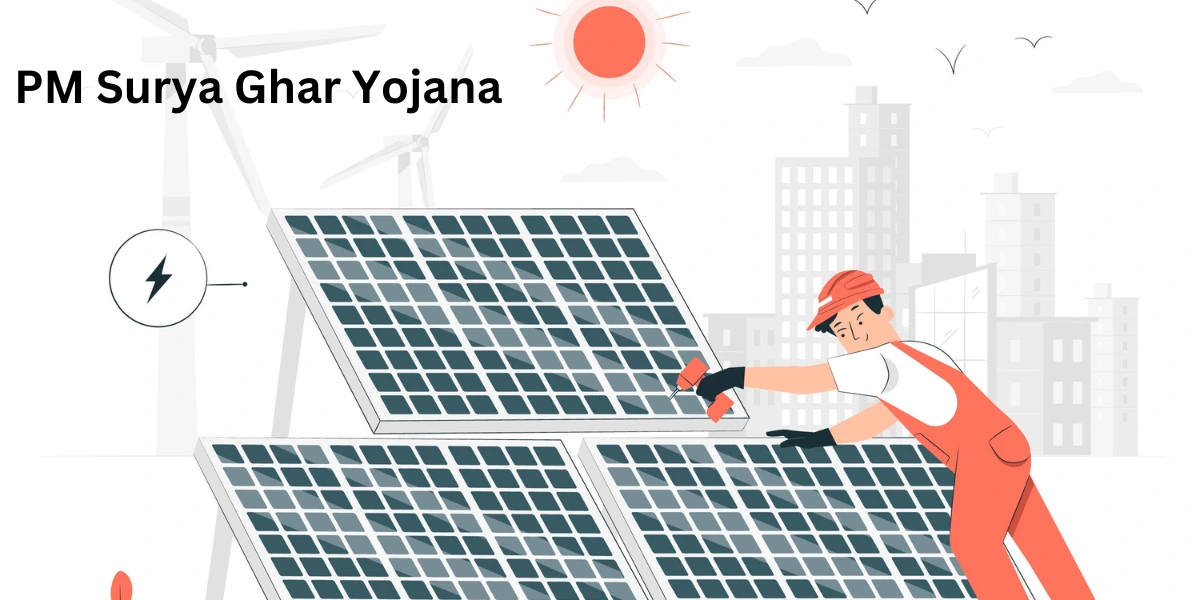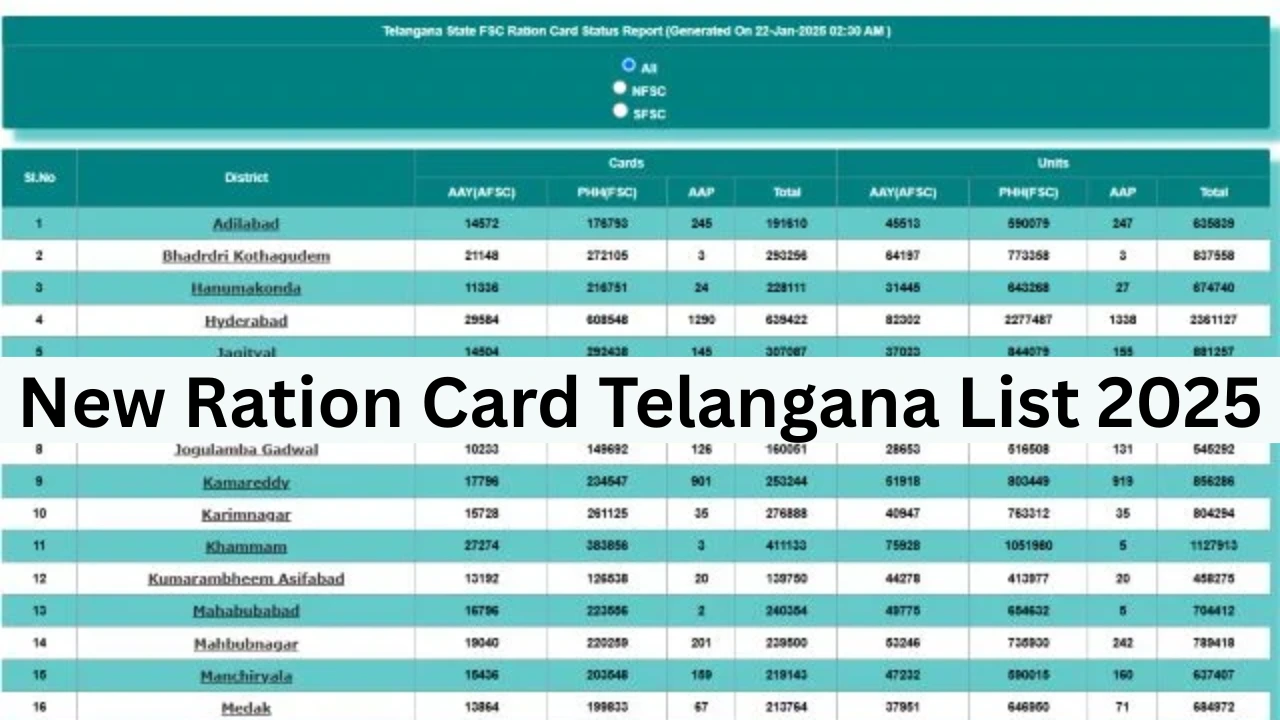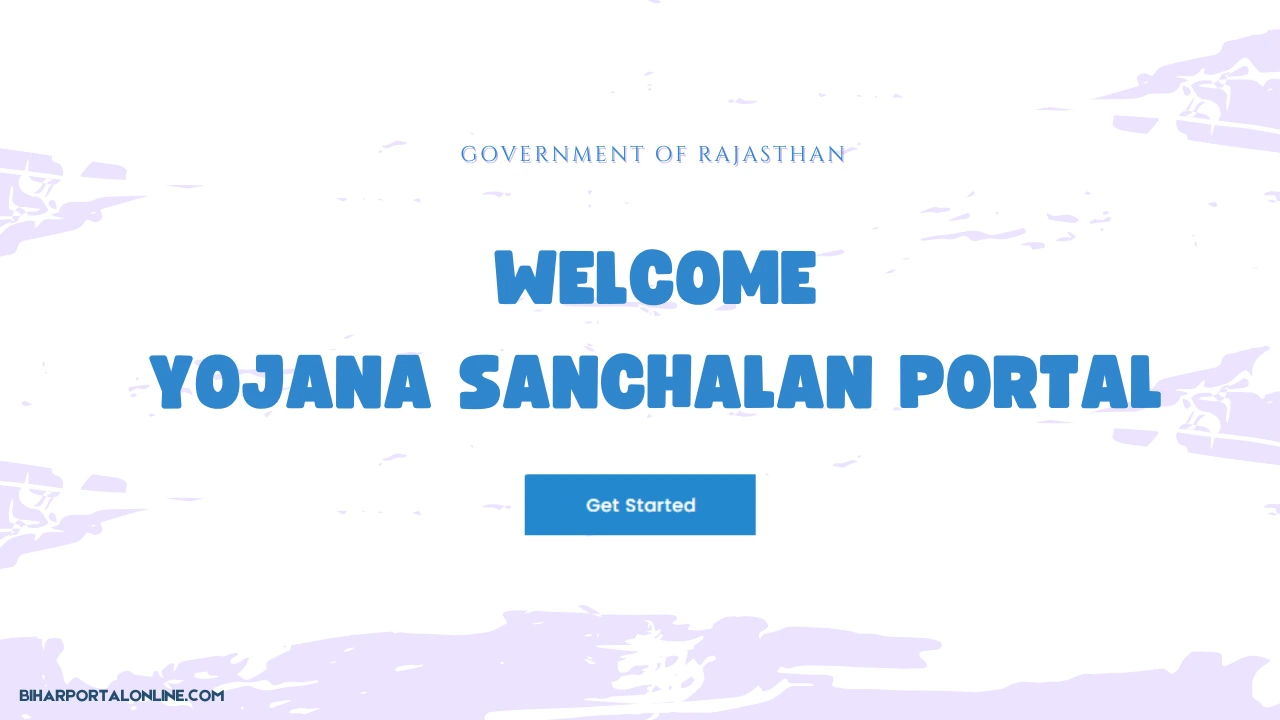PM Surya Ghar Yojana (also known as the Rooftop Solar Power Scheme) is an important initiative of the Indian government that promotes the adoption of solar energy in houses. It is one among the various schemes launched under the aegis of the National Solar Mission that intends to give financial assistance to individuals and housing groups to install rooftop solar power systems on their homes and thus contribute towards national energy sustainability goals and climate aspirations.
Purpose of PM Surya Ghar Yojana
The main aim of PM Surya Ghar Yojana is:
- Promoting Use of Renewable Energy: This program intends to decrease reliance on fossil fuels for homes by encouraging the use of solar power.
- Lowering Electricity Bills: By using solar energy, families produce their electricity and enjoy major savings since they don’t need to pay electricity bills, especially in places where power supply costs are very expensive.
- Increasing Solar Capacity: As it also relates to the aims of the National Solar Mission, this plan helps India get 100 GWp installed photovoltaic capacity by 2022.
- Environmental Sustainability: A switch to solar power leads directly to reduced gas output and facilitates India’s compliance with Paris Agreement obligations surrounding climate change.
PM Surya Ghar Yojana Main Features
The PM Surya Ghar Yojana is a great scheme for homeowners to cut down on energy expenses and reduce their carbon footprint.
1. Incentives for Setting Up Solar Systems
This scheme’s major attraction is its financial backing to homeowners. The amount of subsidy offered by the State ranges from 20-40% depending on how big the solar system is. This enables people from different income brackets to have affordable panels installed in their households.
| Photovoltaic Size | Percent Subsidy | Eligible Clients |
| Up to 3 kW | 40% | Residential customers |
| Between 3 kW and 10 kW | 20% | Residential customers |
| More than 10 kW | No aid given | Industrial and bulk users |
These subsidies are available to approved vendors by this government hence making installations less costly on the consumers’ part.
2. Net Metering Mechanism
The PM Surya Ghar Yojana also incorporates a Net Metering system, which allows homeowners to sell back any surplus electricity generated to the grid. This mechanism helps homeowners earn income or credits for surplus power that can be offset against future consumption of electricity.
How Net Metering Works:
- Solar generated by rooftop panels is first consumed in homes.
- Excess electricity produced then goes back to the grid.
- Electricity bills for households are reduced depending on how much power is exported
3. No Power Storage Requirement
In contrast to standard solar systems that require batteries for energy storage, rooftop systems under this scheme are connected to the main grid meaning they do not have any batteries. In this way, installation becomes simpler and cheaper because there is no need for homeowners to buy expensive storage batteries.
4. Low Maintenance and Long-Term Durability
Solar panels that fit into this scheme tend to last approximately twenty-five years with little effort from their users. Therefore, such a long life guarantees that after some time one can recover their initial investment in them while benefiting from very cheap electricity over several decades thereafter.
The Eligibility Criteria for PM Surya Ghar Yojana
To be eligible for this program, any homeowners should have:
| Eligibility criteria | Details |
| Indian Residence | Only individuals with residential houses and who are citizens of India can apply |
| Availability of Rooftop | Solar panels should have adequate ventilation space on the roof. |
| Solar Capacity | A household with a rooftop system of between 1KW – 10KW is eligible for subsidies. |
| Connection to Grid | Grid-tied system must be installed such that surplus electricity can be sold back to the grid through the net metering system |
PM Surya Ghar Yojana Application Procedure
The process of applying for PM Surya Ghar Yojana is not hard at all, either offline or online. Here’s how to go about the scheme:
Online Application
- Registration: Applicants are supposed to register on the National Portal for Rooftop Solar at www.solar rooftop.gov.in.
- Choose a Vendor: Once registered, consumers would select an approved one from an empaneled list who will install the rooftop solar system.
- Site Inspection: A site inspection takes place when a technician comes to check if the rooftop can accommodate the solar panels.
- Installation and Grid Connection: The Vendor mobilizes himself and installs the solar panels; then connects them to the local power utilities’ grid.
- Subsidy Disbursement: After finishing up on installation this money which the government pays directly to the vendor thus reducing cash outflow by consumers.
Offline Application
One can also go meet with his/her state electricity distribution company (DISCOM) personnel to apply. Similarity exists between both procedures with the exception that all official duties are performed manually in the DISCOM office.
Advantages of the PM Surya Ghar Yojana
| Advantage | Description |
| Reduced Value | Electricity Bills By producing their own solar power, families can decrease electricity bills by up to 80-90 percent. |
| Subsidized Installations | Depending on system size, government subsidies cut down the cost of solar panels between 20 to 40 percent. |
| Revenue from Net Metering | A different source of income comes from selling back any extra electricity generated to the grid. |
| Environmental Benefits | Solar power helps lower carbon emissions hence providing a cleaner greener environment. |
| Low up | Solar systems require minimal maintenance and can last for over 25 years. |
Challenges and Future Scope
Challenges
- High Initial Cost: This initial investment may be unbearable for some low-income families even with subsidies.
- Awareness: Many beneficiaries do not know about the scheme and hence its advantages which is predominantly common in rural areas.
- Grid Reliability: The efficiency of net metering is highly reliant on the local electricity grid; however, in certain regions, this remains quite unreliable.
Future Expansion
To make the scheme more effective, the government intends to:
- Expand Awareness Campaigns: There is therefore a need for more awareness programs in rural and other marginalized areas.
- Increase Subsidies: The government may increase subsidies for poorer households to enable them to install solar at a cheaper price.
- Inclusion of Storage Systems: Future modifications of this program could conceivably be inclusive of energy storage facilities thus allowing homes to have power during blackouts.
Conclusion
There is hope that the PM Surya Ghar Yojana can be India’s path to green energy. The plan benefits both economically as well as ecologically as it gives incentives for setting up solar panels on house roofs, and provides a chance for families to generate their power and sell excess electricity. The initiative helps to reduce electricity bills while supporting India’s aggressive renewable energy objectives. Given how much more India requires clean sources of energy, the PM Surya Ghar Yojana could emerge as a key factor in determining the country’s energy landscape.
Read More About: Bihar Samajik Suraksha Yojana 2024: District Patna, Bihar















Leave a Reply